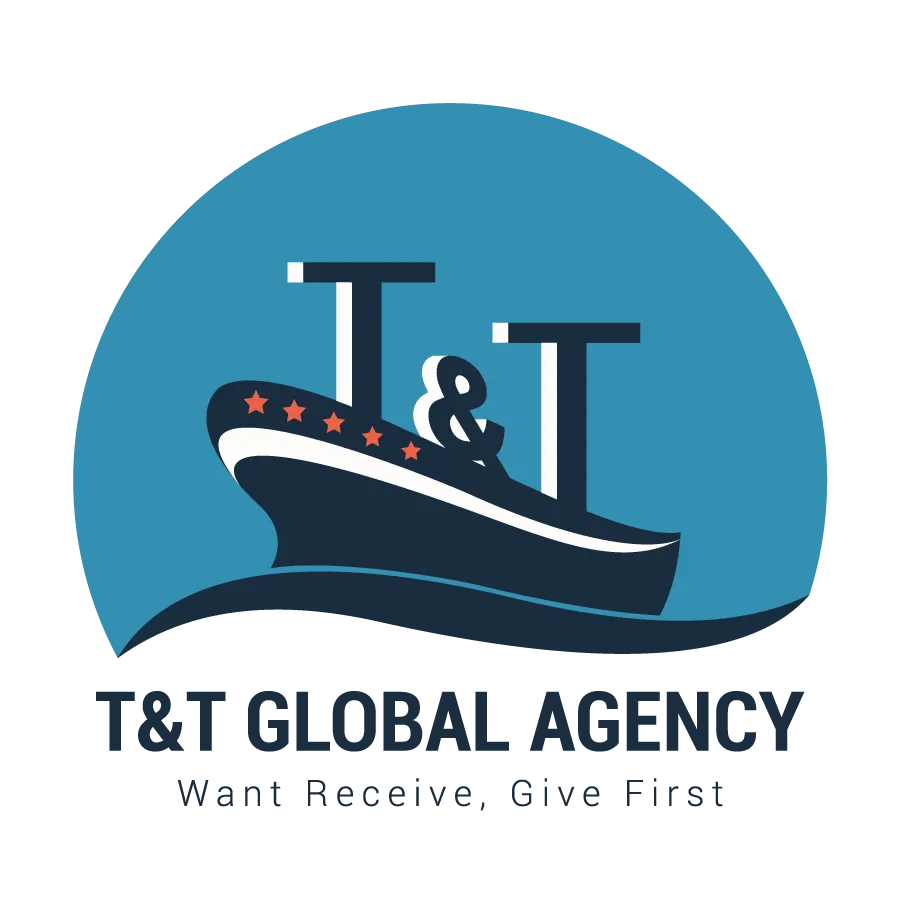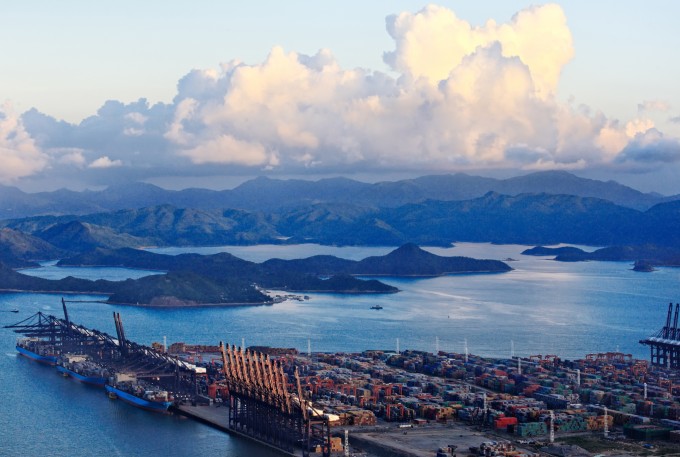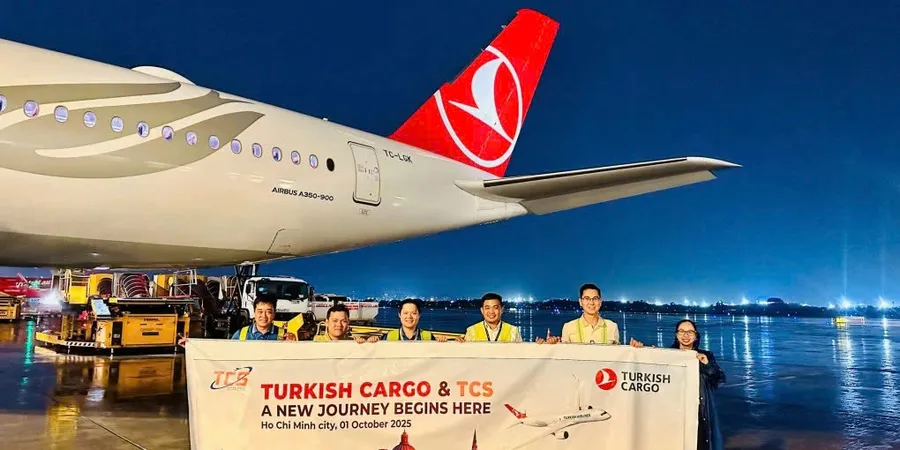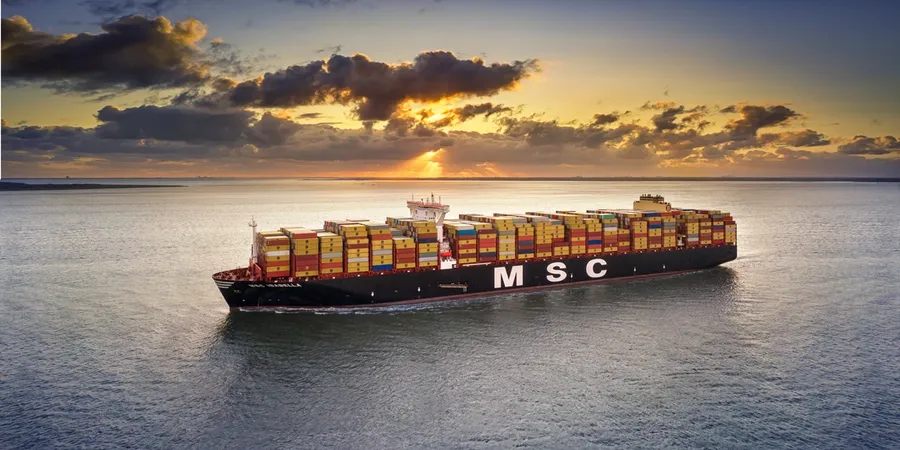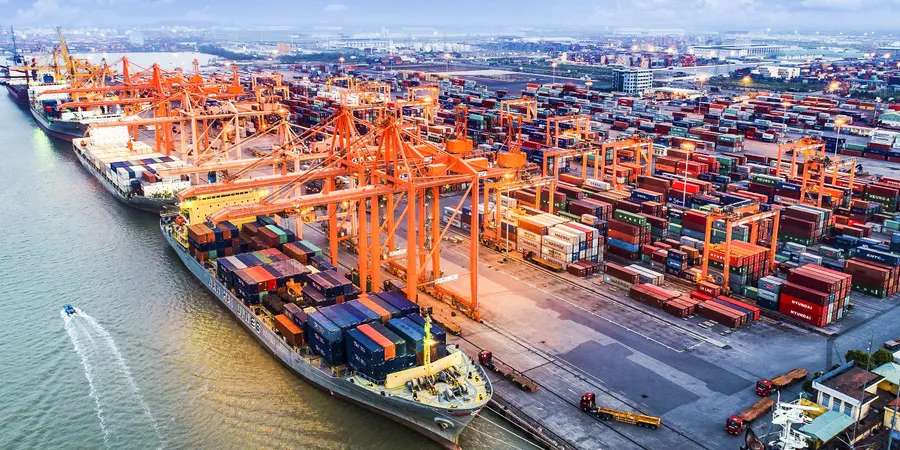New Shenzhen lockdown will hit supply chains harder than Suez disruption
Ocean carriers are scrambling to adjust their networks as the Chinese city of Shenzhen begins a week-long lockdown.
According to a notice issued by the Shenzhen Covid-19 Prevention and Control Command Office, the tech-city’s circa-17m residents must stay at home until Sunday – apart from going out for three rounds of testing – following which, “adjustments will be made according to the new situation”.
Most carriers have yet to release advisories as “we don’t know what to say”, said one carrier source today.
He said calls at the world’s third-largest port of Yantian would have to be pulled this week, and possibly next week.
“It’s just what we didn’t want,” he said, “our planners are now pulling out what’s left of their hair.”
CNBC’s business analyst, Lori Ann LaRocco, said although the port would officially remain open during the lockdown, it would actually be closed for cargo operations.
“Ports are more than vessels coming in,” she said, “you need people to drive trucks and move product out of warehouses. No people equals no trade.”
In the absence of information from the carriers, it has been left to the forwarding community to send out advisories. Seko Logistics said its staff would be working from home and that, in anticipation, its people had been working from home in shifts since last week “to ensure minimal impact to operations in case of lockdown”.
Analyst Lars Jensen, of Vespucci Maritime, said: “It should be kept in mind that when Yantian was shut down due to Covid last year, the disruptive impact on cargo flows was roughly twice the size of the blockage of the Suez Canal.”
Moreover, that Yantian shut down did not extend to the city, which is home to Huawei, iPhone manufacturer Foxconn and many other large tech companies, so the impact of this lockdown is likely to be greater and potentially last longer.
There are also fears that China’s strategy of Covid elimination will be extended to other mainland cities, despite the “relatively mild” symptoms of the Omicron variant.
But it is certainly “another spanner in the works” for supply chains hitherto beginning to show signs of returning to some form of normalisation. In fact, prior to this new disruption, carriers such as Maersk and Hapag-Lloyd were predicting that schedule reliability (and rates) would improve in the second half of the year.
The disruption is also likely to halt the hitherto gradual erosion of spot and short-term freight rates on the Asia-Europe tradelane, with rates across all Chinese export lanes reflecting pent-up demand increases for shipments.
Source: The LoadStar

